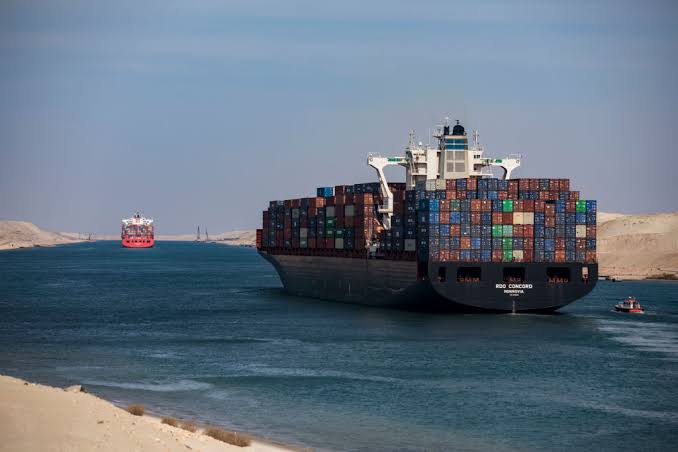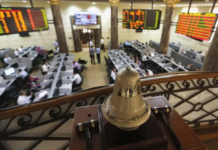The moment you visit one of the three Egyptian historical governorates, Ismailia, Port Said or Suez, you will realize there is something really strategic and significant about it, which is Suez Canal. This canal that is gracefully linking the Mediterranean Sea to the Red Sea is not only a witness over Egypt’s most historical periods, but it plays a major economic role nowadays especially after the Ballah Bypass.
Amira Elhamy, MEO reporter, takes you through a journey between the history and the current economic role of the Egyptian Canal.
The historical opening of the Canal came in 1869, after almost 10 years of construction; the idea came when Ferdinand Marie, Count de Lessep , a French diplomat and later developer of the Suez Canal, proposed the idea on the Ottoman empire which was ruling Egypt at that time. The idea was to build a Canal that connects the Mediterranean Sea to the red sea. The opening took place during the ruling of Khedive Ismail, who made a spectacular opening ceremony which was attended by rulers and Queens from all over the world one of the most prominent attendees was Queen Eugénie.
According to Mr. Mohamed, tour operator of Port Said military museum, the profit of the Egyptian government was only 15% back in the past when it was built, as the French and the British shareholders of the Universal Company of the Maritime Canal of Suez, had the biggest shares of the profits, and this was the situation until the nationalization of the Canal by the Egyptian President Gamal Abdel Nasser in 1956.
Mr. Mohamed explains that the nationalization step created what is known as Suez crisis in October- November 1956.
“The nationalization step provoked the British and the French politicians, who subsequently made a military coalition with Israel, which claimed that the security of the Canal is being threatened. The result was the occupation of their military troops for Suez Canal in 1956.” Says Mr. Mohamed.
Through, history Suez, Port Said and Ismailia, was the three governorates that played critical strategic roles; whether during Suez crisis in 1956 or during the war of attrition following 1967 war. Suez canal played an important military role as a naval short-cut and choke point. Navies with coastlines and bases on both the Mediterranean Sea and the Red Sea (Egypt and Israel), had a particular interest in the Canal. After Egypt closed the canal at the beginning of the Six-Day War on 5 June 1967, the canal remained closed for precisely eight years, reopening on 5 June 1975.
In recent years, precisely in 2014, the Egyptian government expand and widen the “Ballah Bypass” for 35 km (22 mi) to speed up the canal’s transit-time. The expansion intended to nearly double the capacity of the Suez Canal, from 49 to 97 ships per day. At a cost of 59.4 billion Egyptian pounds (US$9bn), this project was funded with interest-bearing investment certificates issued exclusively to Egyptian entities and individuals. The “New Suez Canal”, as the expansion was dubbed, was opened in a ceremony on 6 August 2015.
The Suez Canal Authority officially opened the new side channel in 2016. This side channel, located at the northern side of the east extension of the canal, serves the East Terminal for berthing and unberthing vessels from the terminal. As the East Container Terminal is located on the Canal itself, before the construction of the new side channel it was not possible to berth or unberth vessels at the terminal while a convoy was running.
What is worth mentioning, the new expansion of Suez canal carried good news for the Egyptian economy; Egypt earned $5.61 billion in revenues from the Suez Canal in 2020, comparing to $5.8 billion in 2019. As for the revenues in 2021, Egypt’s revenues hit an all-time high reaching $6.3 billion, versus $5.6 billion in 2020; and according to recent figures, 20,694 ships transited the canal in 2021, against 18,830 in 2020; which indicates a 10% increase.












